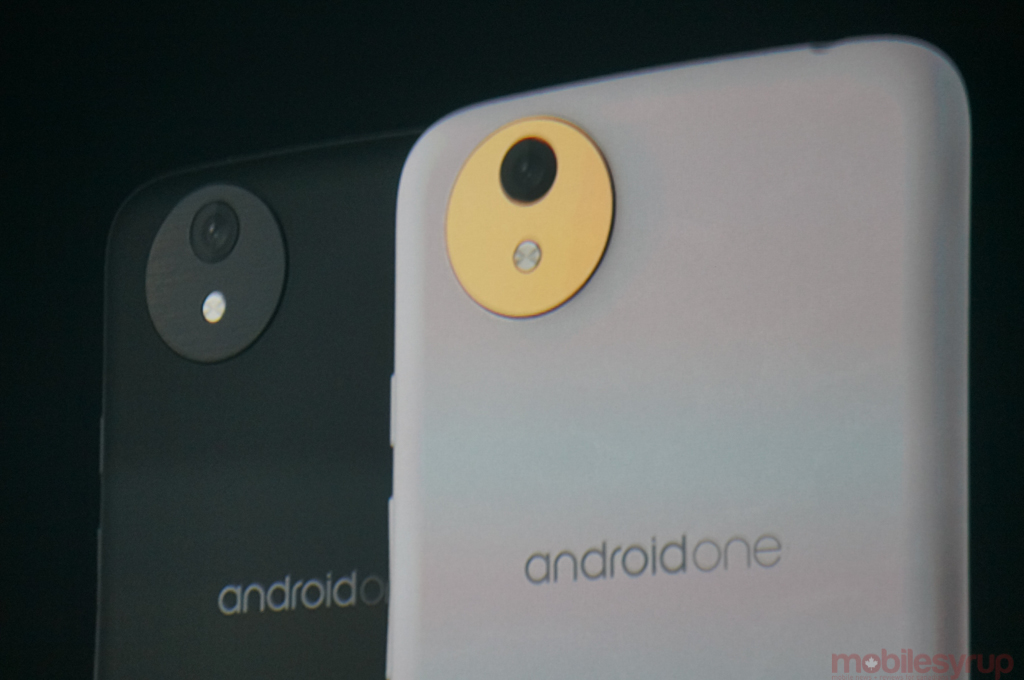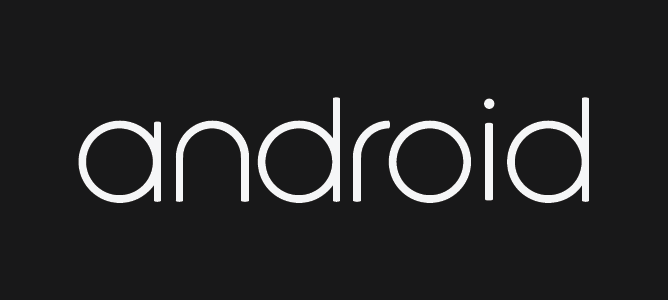
One of the most important announcements made during Google I/O last week was also one of the least-reported.
Android One, a reference platform for manufacturers looking to create high-performance, low-cost devices in developing countries, will see Google working with three Indian manufacturers on a pilot project to deliver better sub-$100 smartphones.
The idea is sound: low-cost Android devices are often missing Google certification, and don’t have access to the Play Store. They also tarnish Android’s reputation by delivering poor performance, app incompatibility, security holes and, increasing, malware. With Android One, Google will offer turnkey hardware designs, along with a stock Android experience, that will make it significantly easier for OEMs to focus on building feature-filled hardware without worrying about tuning the software.
Possibly the most important aspect of this deal is Google’s active participation: the company will update the devices directly, eschewing the oft-inconsistent OEM and carrier tuning process. This is significant because it will be the first time Google has committed to software updates from a non-Nexus device, and it also points to a new place for the company in the typically hands-off updating cycle.
Which leads us to Android Silver, the rumoured successor the company’s Nexus program. Later this year or early next, Google is expected to announce a deal with manufacturers like Samsung, HTC, LG, Sony and others to create great hardware experiences, updated directly by Google, without the burden of having to worry about modifying Android to differentiate. While OEMs will almost certainly continue to fashion customized Android hardware for carriers, Android Silver devices will be an entirely separate entity, marketed as a premium, unsullied vision of what Android should be.

Nexus, while relatively well-known among tech enthusiasts, has never been a commercial success. With the introduction of Android L, a deliberate and beautiful user interface with a stricter set of development guidelines called Material Design, Google has added incentive to push stock Android into more palms. Sundar Pichai, without disrupting the OEM-friendly trajectory that Android’s open-sourced nature has taken, may use Android Silver as a way to push its own design agenda. And, much like Samsung has proven by releasing an Android Wear device in addition to wearables running its own proprietary software, manufacturers will likely create both, because it will be easy to do so.
While Android Silver sounds similar to what happens today with the growing number of Google Play Edition devices, it appears to differ in two important ways: first, updates will come direct from Google, as opposed to the slightly modified versions of stock Android created and distributed by the manufacturers themselves; and it will contain a carrier-centric retail push, similar to the way regular Android devices are sold in stores today.
Disclaimer: Android Silver is a sure thing, but what form it will take is still unknown. These are educated guesses based on what we know, along with trends we’ve seen from Google over the past year.
MobileSyrup may earn a commission from purchases made via our links, which helps fund the journalism we provide free on our website. These links do not influence our editorial content. Support us here.


